Labs and activities
#
Labs and computer computations are a crucial part of the course. We will use the Mathematica software suite through the Wolfram Cloud. The first lab is an introduction to Mathematica.
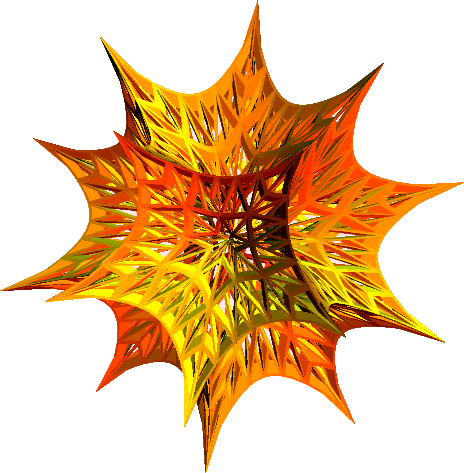
|
Introduction to Mathematica: Mathematica is a computational software suite we will use throughout the course. In this introduction, you will learn how to make basic caclulus computations and visualize multivariable functions, as well as where to find additional resources.
|

|
Automated language identification: A common machine learning task is to identify the language of a written text sample. This lab introduces and evaluates the method of cosine similarity as a solution to this task.
|
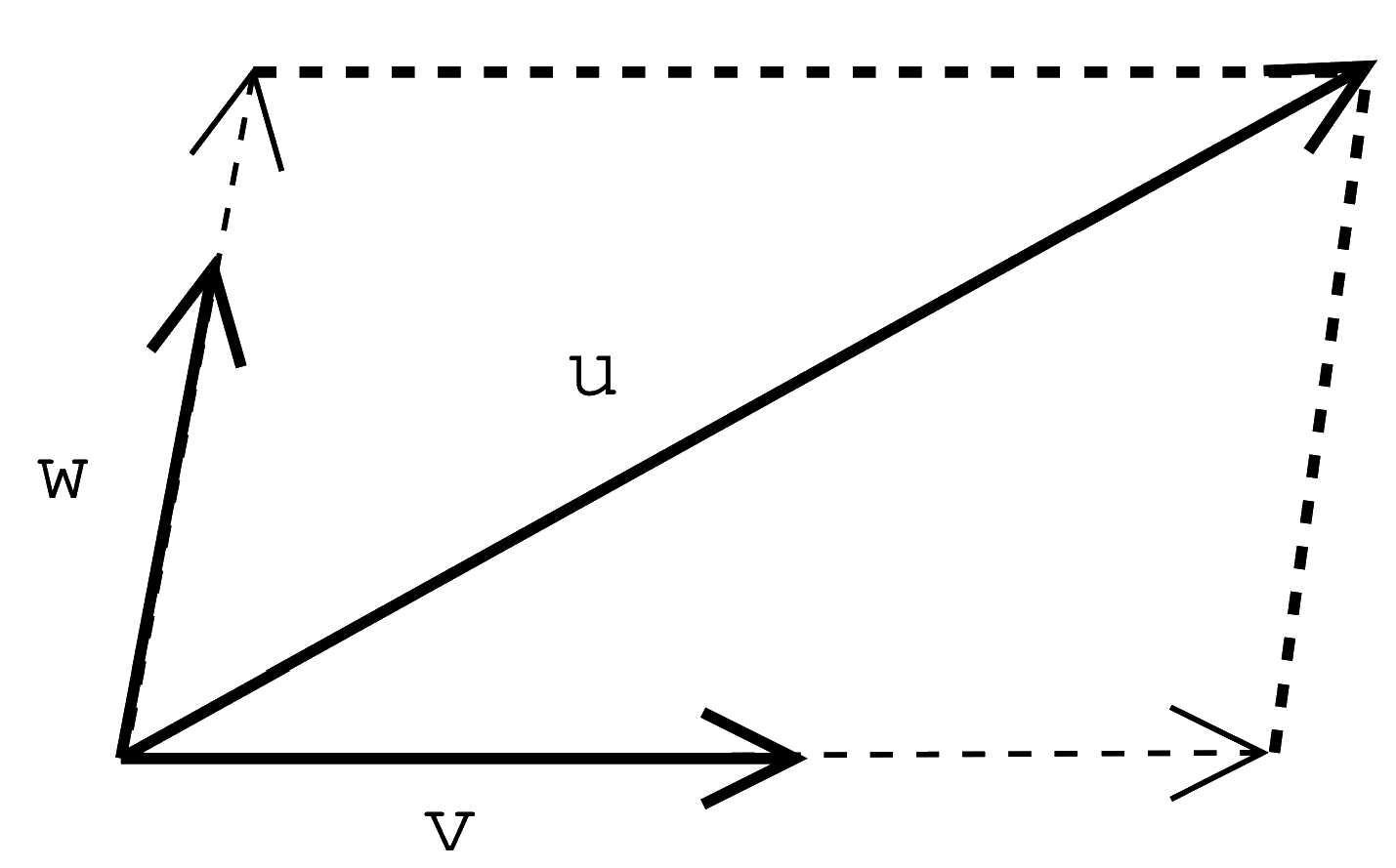
|
Lagrange multipliers in higher dimensions: In class, we discussed the method of Lagrange multipliers for functions of two variables subject to one constraint. What about functions with more variables and problems where there is more than one constraint?
|

|
Data sets and feature vectors: An introduction to a few standard machine learning data sets and ways to format the data using feature vectors.
|

|
Clustering and classification: A brief overview of one of the fundamental problems in machine learning. How should similarity be measured to produce clusters or groups among feature vectors?
|
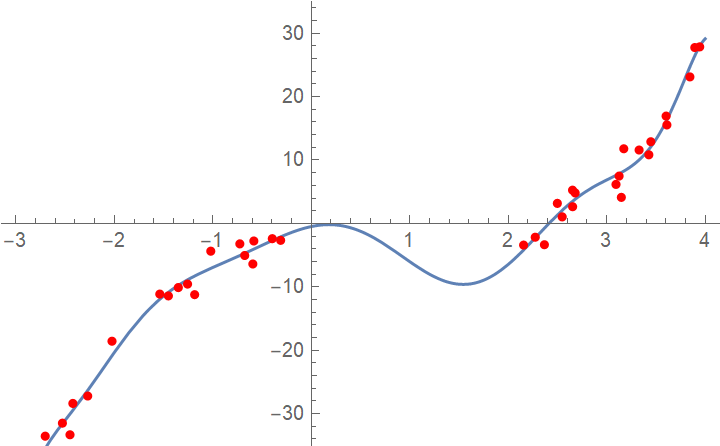
|
Regression: A collection of labs and exercises introducing data models, regression, and methods of evaluating the quality of predictions made by them.
|
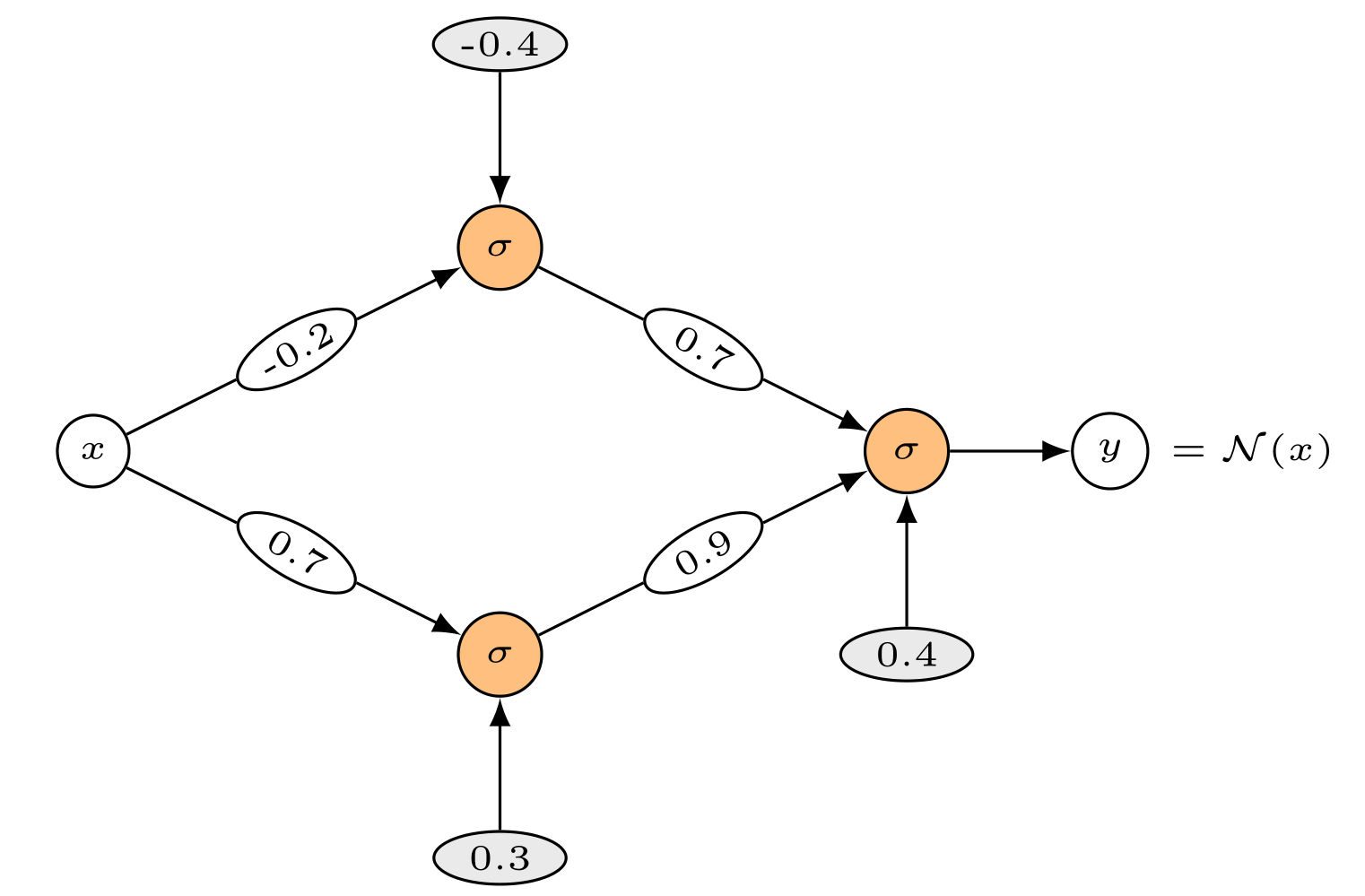
|
Neural networks: A collection of labs and activities introducing neural networks in the context of multivariable calculus.
|

|
Volume of the sphere in n dimensions: The size of the set of points one unit from the origin depends on the dimension of the ambient space. This lab investigates how this quantity changes as the dimension increases. The results are not only important; they will surprise you!
|
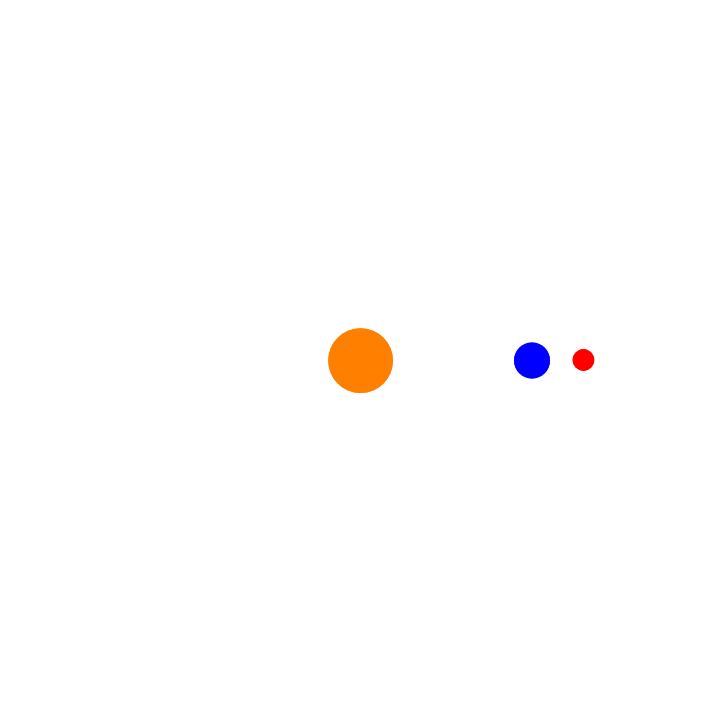
|
Parametric curves and celestial orbits: We will use parametric curves to study the orbits of celestial bodies in our solar system. As a result, we will settle an internet argument in the best possible manner: using mathematics.
|
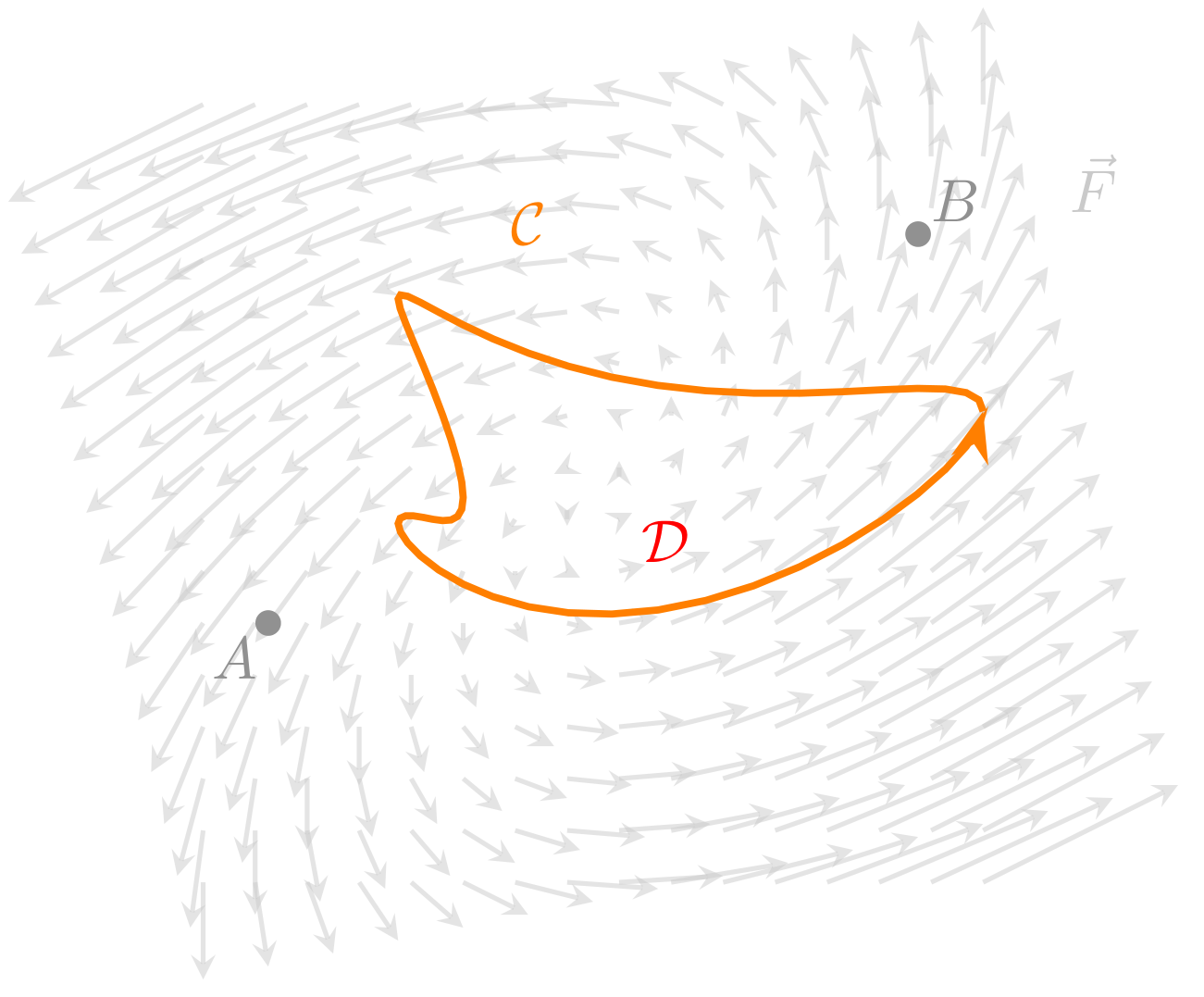
|
Path integrals: Some vector fields are nicer than others: they are often called path-independent or circulation-free and the calculations required to compute path integrals end up being simpler. We will experimentally figure out which ones these are and how one can tell.
|
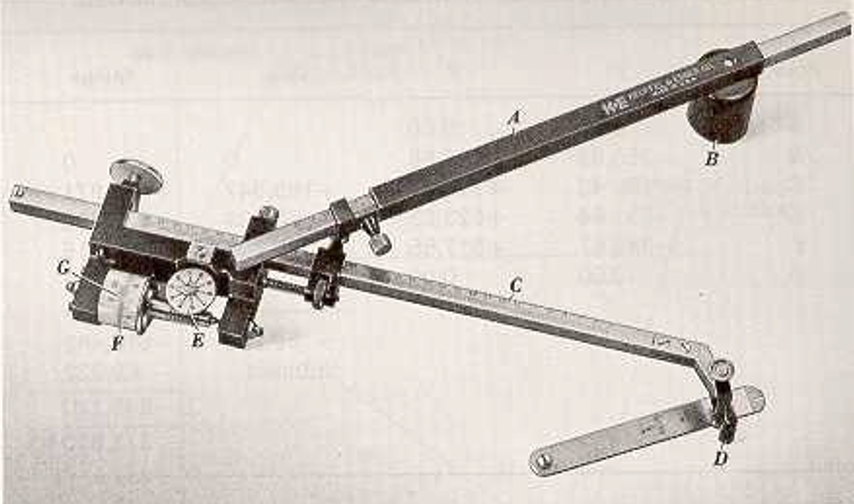
|
The planimeter: We analyze a nineteenth-century mechanical device that purports to measure area. The key idea comes from an novel use of Green’s Theorem about vector fields.
|